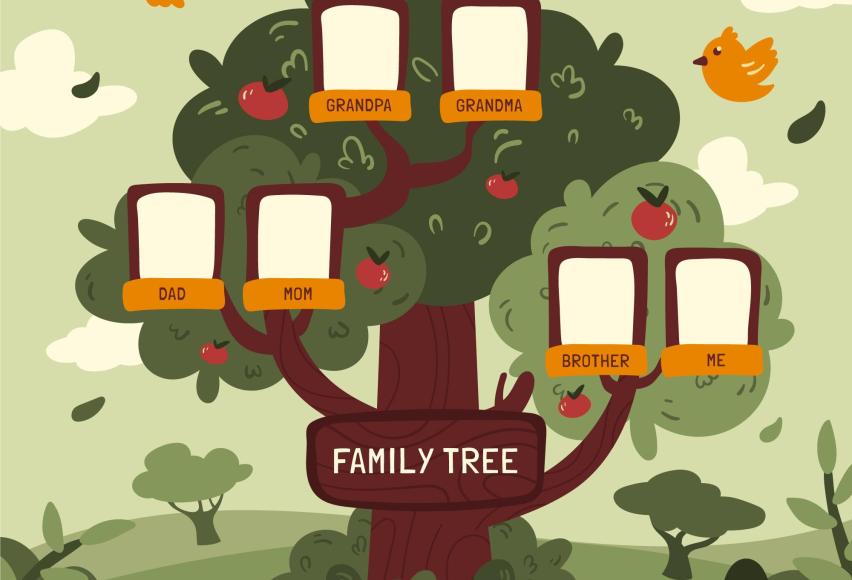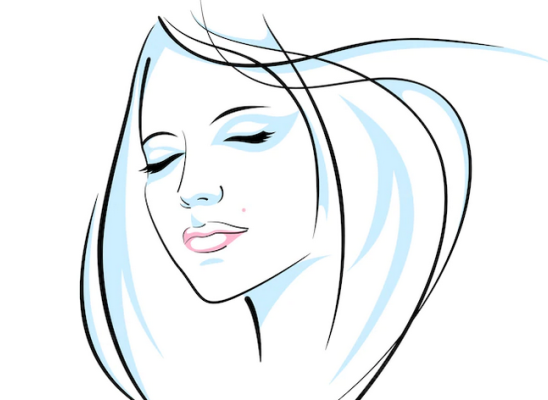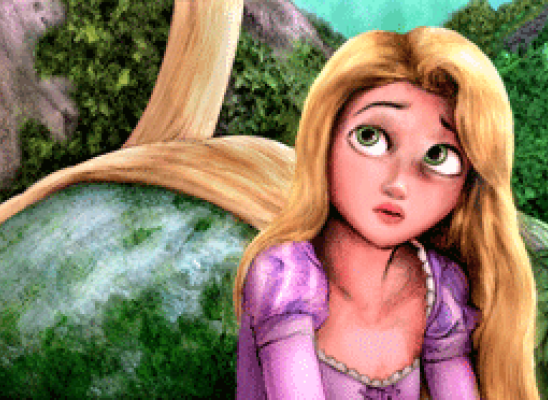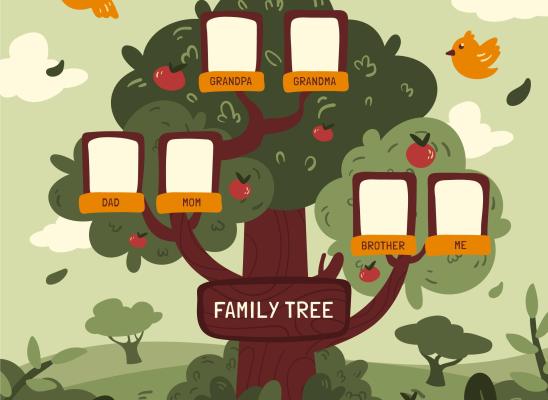What Family History Can Tell Us About Trichotillomania

Online test
Find out the severity of your symptoms with this free online test
When you go to the doctor, it’s not uncommon to be asked about your family history. It’s well known that family history can be a factor in the development of certain health issues. The same is true for some mental health issues, including trichotillomania (TTM). Even if you have no family history of what you’re seeing your doctor for, your history can provide important clues that can help guide your treatment.
One of the things we know about mental health disorders is that they often occur together. For example, we know that TTM sometimes presents along with depression, anxiety, and obsessive-compulsive disorder (OCD) all of which also have a known genetic component. It’s also not uncommon for people with TTM to have another body-focused repetitive disorder (BFRB) like skin picking.
Now, of course, not everyone who has a genetic predisposition for TTM is destined to develop it. A genetic link simply means that there is a susceptibility. Just like not everyone who has a family member with cancer will get cancer, not everyone who has a family member with TTM will get it too.
But what about people with no clear family history of TTM or a family history of other mental health issues? Can family history provide clues regarding the presentation of TTM and how best to treat it? A newly published study takes a closer look at the role family history might play in TTM. The results might surprise you.
Why Is Family History So Important?
Like many other mental health disorders, a person’s genetics, which we get from our biological parents, is thought to play a role. Familial and twin studies have found a higher incidence of TTM where one or more family members has trich. One unique family study, in particular, looked at heritability across three generations of male family members and found a possible familial link. Scientists have even identified a rare variation of the gene SLITRK1 that may be a possible factor in the development of trich.
While its exact cause is not known, evidence suggests that whether someone develops TTM is based on a number of factors including biology, neurochemical imbalances, genetics, and the presence of other mental health issues like depression, anxiety, and obsessive-compulsive disorder (OCD). These disorders in particular are known to be heritable, meaning there can be a familial connection.
So, what does that have to do with TTM? Maybe a lot.
What we know about TTM is that it is not the same for everyone. There are different presentations of TTM:
- Simple TTM – TTM with no comorbid disorders
- Depressive TTM – TTM with depression only
- Complex TTM – TTM with multiple comorbid disorders
The evidence suggests that the more comorbidity, the more severe the symptoms.
Within these presentations, there are also distinct subtypes:
- Automatic pulling – low awareness of the urge to pull or the pulling
- Focused pulling – more aware of the urge to pull and tension to relieve the urge
These subtypes seem to respond to treatment differently. Research suggests that focused pullers seem to respond better to Habit Reversal Training (HRT), the predominant treatment for TTM, compared to automatic pullers. Automatic pullers don’t seem to get the same benefit. Just why that is isn’t exactly clear.
Researchers are increasingly turning to family history to see if there are clues to the expression of TTM and how that may impact treatments.
What the Connection Between Family History and TTM?
Compared with individuals without a diagnosis of TTM, researchers examined the presence of psychiatric illness in first-degree relatives of people with TTM. They also looked at symptom severity, degree of impairment, and neuropsychological constructs.
The findings supported a familial link between family history and TTM, especially in the context of subtypes:
- Major depression, OCD, and BFRBs like skin picking were found more often in the family history of people with TTM
- People with TTM who have a family history of OCD were much more likely to show significantly higher levels of impulsivity and decreased distress tolerance
The researchers suggest that this family history of OCD in people with TTM may present as a more impulsive, less distress-tolerant profile. They liken this presentation to the impulsive/perfectionistic puller who pulls to control distressing feelings and struggles to resist urges. They tend to present with more impairment and mood disturbance. The study authors suggest that this type of puller may respond better to psychotherapy that focuses more on addressing emotional dysregulation rather than traditional HRT.
What’s Next?
Family history, while not a definitive predictor, seems to play a role in TTM and other disorders. While more research is needed to better understand all of the ways family history contributes, research supports the need for considering the role of family history in assessment and treatment planning. More individualized care can lead to more successful treatment when interventions are designed for the person and not simply the disorder.
References
1. Zhang, J., & Grant, J. E. (2022). Significance of family history in understanding and subtyping trichotillomania. Comprehensive Psychiatry, 119, 152349. https://www.sciencedirect.com/science/article/pii/S0010440X22000554
2. Chatterjee, K. (2011). The genetic factors influencing the development of trichotillomania. Journal of Genetics, 91(2), 259-262. https://www.ias.ac.in/article/fulltext/jgen/091/02/0259-0262
3. Ramot, Y., Maly, A., Horev, L., & Zlotogorski, A. (2013). Familial trichotillomania in three generations. International journal of trichology, 5(2), 86–87. https://www.ncbi.nlm.nih.gov/pmc/articles/PMC3877480/#ref8
4. Lamothe, H., Baleyte, J. M., Mallet, L., & Pelissolo, A. (2020). Trichotillomania is more related to Tourette disorder than to obsessive-compulsive disorder. Revista brasileira de psiquiatria (Sao Paulo, Brazil : 1999), 42(1), 87–104. https://www.ncbi.nlm.nih.gov/pmc/articles/PMC6986481/
5. Lochner C, Keuthen NJ, Curley EE, Tung ES, Redden SA, Ricketts EJ, et al. Comorbidity in trichotillomania (hair-pulling disorder): A cluster analytical approach. Brain and Behavior 2019;9(12):e01456. https://onlinelibrary.wiley.com/doi/10.1002/brb3.1456
6. McGuire, J. F., Myers, N. S., Lewin, A. B., Storch, E. A., & Rahman, O. (2020). The influence of hair pulling styles in the treatment of trichotillomania. Behavior Therapy, 51(6), 895-904. https://www.sciencedirect.com/science/article/abs/pii/S0005789419301455?via%3Dihub
7. Grant, J. E., Peris, T. S., Ricketts, E. J., Lochner, C., Steins, D. J., Chamberlain, S. R., … Keuthin, N. J. (2020). Identifying subtypes of trichotillomania (hair pulling disorder) and excoriation (skin picking) disorder using mixture modeling in a multicenter sample. Journal of Psychiatric Research, in press. Retrieved from https://www.sciencedirect.com/science/article/abs/pii/S0022395620310578?via%3Dihub
Online test
Find out the severity of your symptoms with this free online test
Start your journey with TrichStop
Take control of your life and find freedom from hair pulling through professional therapy and evidence-based behavioral techniques.
Start Now



